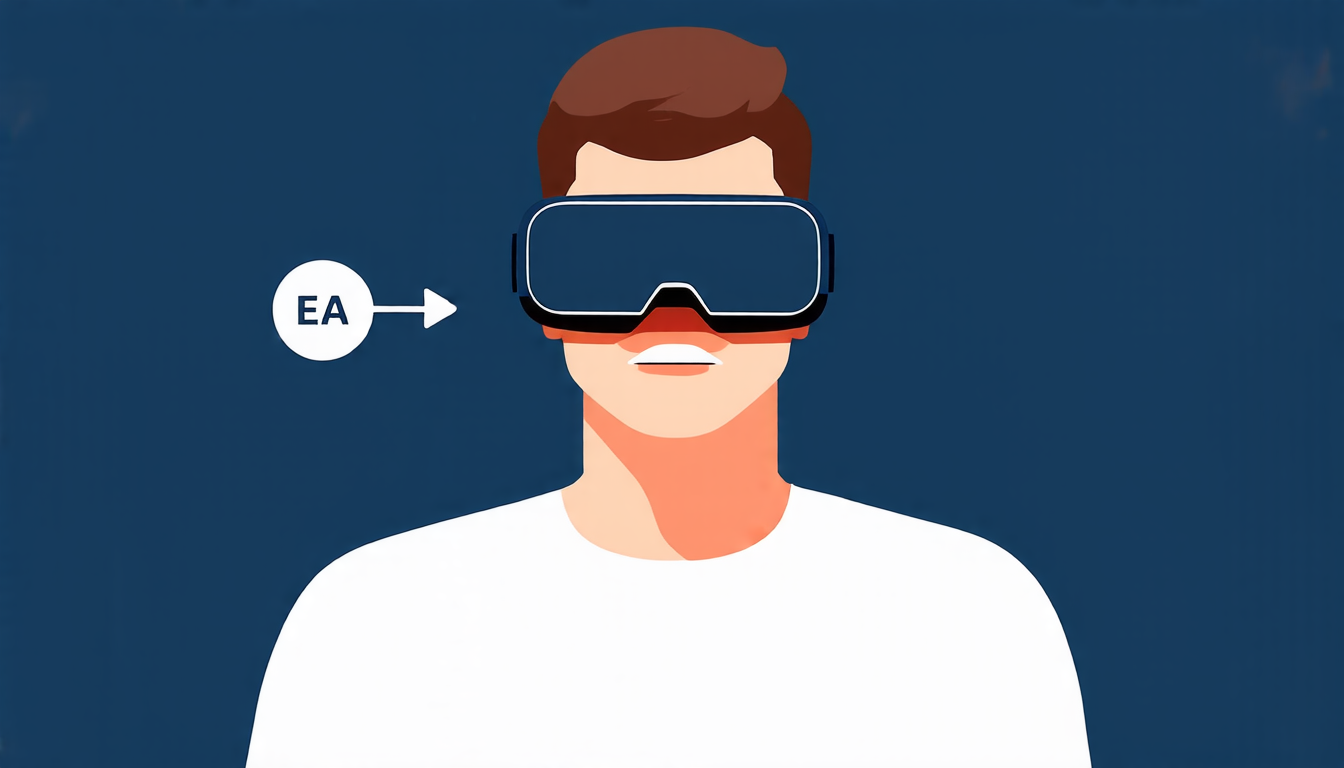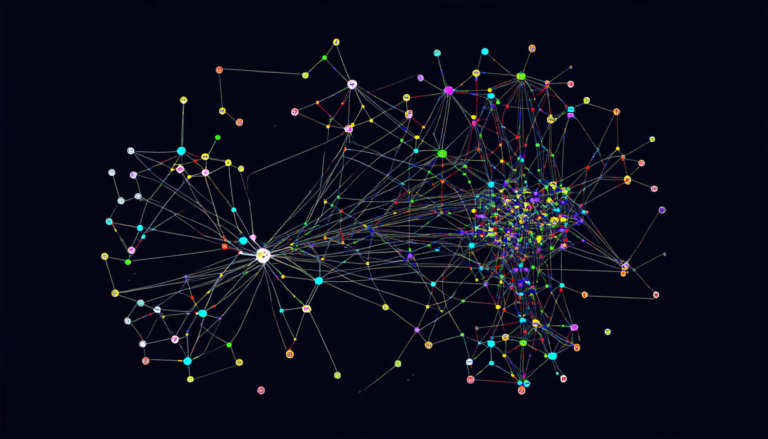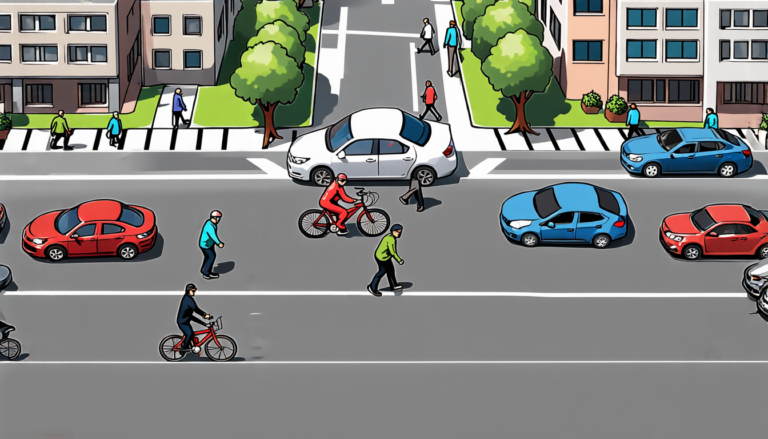Tuesday 07 October 2025
Scientists have been working to develop more accurate and efficient methods for predicting where people will look next, a crucial technology for virtual reality (VR) and other applications. Recently, researchers published a study that compared different approaches to short-term gaze prediction, including recurrent neural networks (RNNs) and transformers.
The goal of gaze prediction is to anticipate the position of someone’s gaze in the near future, usually within the next few hundred milliseconds. This information can be used to improve VR experiences, enhance driver assistance systems, or create more responsive assistive technologies. However, predicting gaze patterns is a challenging task due to individual differences in eye movement behavior.
The study compared three different models: a three-layer long-short-term memory (LSTM) network, a simple transformer-encoder model, and a classification-predictor network that simultaneously classifies the signal into eye movement events and predicts the positions of gaze. The researchers evaluated the performance of these models for ocular fixations and saccades of various amplitudes and as a function of individual differences in both typical and extreme cases.
The results showed that LSTM performed better on fixations, while transformer-based models demonstrated more precise results for post-saccadic periods. In extreme cases, the best-performing models varied depending on the type of eye movement. The researchers also found that the subjects who performed well overall did not necessarily exhibit the lowest error rates, which highlights the importance of analyzing individual differences.
The study’s findings have significant implications for the development of gaze prediction algorithms. The results suggest that a combination of different approaches may be necessary to achieve accurate and efficient predictions across various scenarios. Additionally, the researchers emphasized the need to consider individual differences in eye movement behavior when designing gaze prediction models.
In practical terms, this research has the potential to improve VR experiences by allowing developers to create more responsive and interactive environments. For example, a gaze prediction algorithm could be used to adjust the display of virtual objects based on where a user is looking, enhancing the overall sense of immersion. Similarly, driver assistance systems could use gaze prediction to anticipate a driver’s attention and provide more effective warnings or alerts.
The study also highlights the importance of considering individual differences in eye movement behavior when developing gaze prediction models. By taking into account these differences, developers can create more accurate and personalized predictions that better suit each user’s unique characteristics.
Cite this article: “Accurate Gaze Prediction: A Crucial Technology for Virtual Reality and Beyond”, The Science Archive, 2025.
Gaze Prediction, Virtual Reality, Recurrent Neural Networks, Transformers, Eye Movement Behavior, Lstm, Saccades, Fixations, Individual Differences, Attention.







